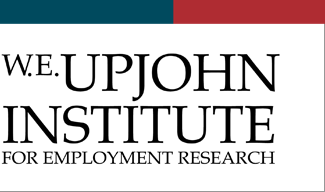Wage Setting in Internal Labor Markets
Publication Date
1-1-2012
Grant Type
Early Career Research Award
Description
The standard matching model of unemployment that relates unemployment to labor market flows and frictions is inadequate to study recessionary unemployment. This search-and-matching model has the property of always converging to full employment when unemployed workers devote an arbitrarily large effort to search for jobs. To remedy this shortcoming, a model of equilibrium unemployment will be developed with job rationing in recessions. This model captures two critical aspects of recessions: (1) unemployment is inefficiently high in recessions; and (2) jobs are rationed in recessions, in the sense that some unemployment would remain even if unemployed workers devoted arbitrarily large efforts to job search. This project on recessionary unemployment will develop a model of wage-setting in firms that explains wage rigidity, that is tractable enough to be incorporated in macroeconomic models, and that is consistent with evidence collected by ethnographic studies of the workplace. This model provides a foundation to study the effects of labor market policies over the business cycle.


Grant Product
Aggregate Demand, Idle Time, and Unemployment
Upjohn Institute Working Paper No. 14-214, 2014
Aggregate Demand, Idle Time, and Unemployment The Quarterly Journal of Economics 130(2): 507–569
A Model of Aggregate Demand and Unemployment
Centre for Economic Policy Research Discussion Paper DP9609, 2013
Aggregate Demand, Idle Time, and Unemployment National Bureau of Economic Research Working Paper No. 18826, 2013